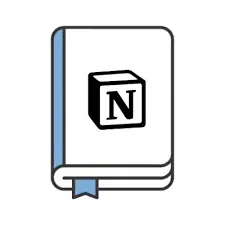Identify logos
using AI
Below is a free classifier that uses AI to identify what brand a logo or icon belongs to. It covers over 25k+ brands, including B2B and B2C.

Please upload a close-up of a brand logo or favicon, with everything else cropped out.


(Drag & drop one of the images to test it out)
Want a custom logo detector for your brand?
The example above uses a predefined list of popular logos. But are you looking for a custom logo
detector? Fortunately, Nyckel can build a custom logo detector for you. Reach out below to
learn more.
It's free and easy to get going.
How this classifier works
To start, upload your logo or icon. The tool will then identify what brand uses it. The image should be a close-up of the logo without background distraction.
This pretrained image model uses a Nyckel-created dataset and has 25,000+ labels, including Audi, Facebook, Twix, and 25k more.
We'll also show a confidence score (the higher the number, the more confident the AI model is around which brand it represents it is).
Whether you're just curious or building logos detection into your application, we hope our classifier proves helpful.
Related Classifiers
Need to identify logos at scale?
Get API or Zapier access to this classifier for free. It's perfect for:
- Marketing: It verifies brand presence and positioning in marketing materials, ensuring consistency and alignment with brand guidelines.
- Retail: It identifies counterfeit products by comparing the logos on products against a database of authentic logos, protecting brand integrity.
- Social Media Management: It analyzes user-generated content to measure brand visibility and engagement, providing insights into marketing effectiveness.
- Event Sponsorship: It evaluates the presence and visibility of sponsor logos at events, helping to measure sponsorship ROI.
- Digital Asset Management: It organizes and categorizes digital assets based on company logos, streamlining asset management and retrieval.
- Legal: It detects unauthorized use of logos, supporting trademark enforcement and protection efforts.
- Market Research: It assesses competitor logo presence in various media, aiding in competitive analysis and strategy development.


